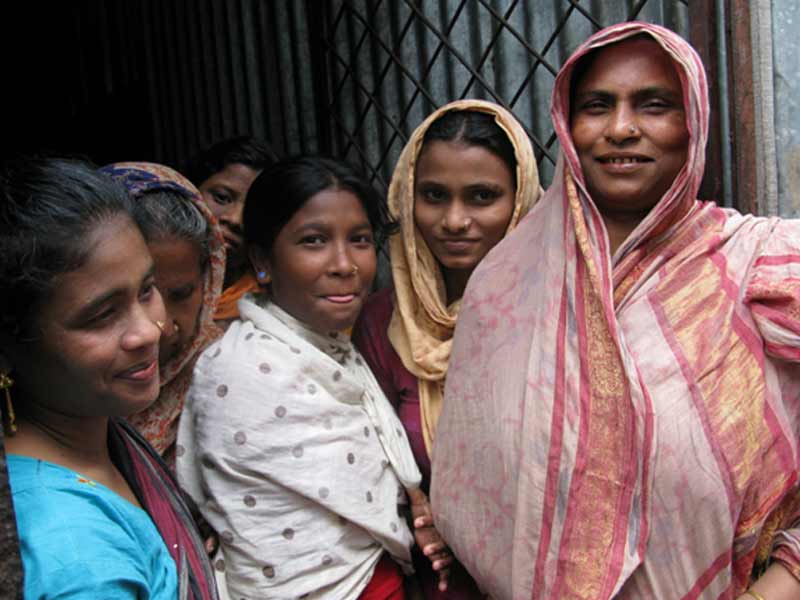
By Vittoria Pasca
Encouraging children and adolescents to improve their diet by providing healthier foods in schools
Food and nutrition education in schools is essential to improve the diets of kids and adolescents.
However, education alone might be insufficient to achieve this goal, especially if the school or home environment constantly exposes the kids to unhealthy foods, thus contradicting what they’re taught in class.
The meals and products on offer at the school cafeteria and vending machines should therefore be an integral part of the learning experience as they can support its objectives – or completely undermine them.
Further, for kids who eat 5 weekly meals at school, healthy canteens are a wonderful opportunity to increase their intake of fruits, vegetables and whole grains.
This is particularly important for students who don’t follow balanced diets at home and miss out on important nutrients.
But how can the food environment be made healthier?
According to the Food and Agriculture Organization of the United Nations, governments can play a major role in shaping food environments which support the goal of improving the diets of kids and adolescents.
They can do this in different ways, for example by:
- establishing and enforcing nutrition standards for school meals and snacks
- subsidizing nutritious foods to make them more affordable
- imposing restrictions on the sale and advertisement of unhealthy foods (e.g. products high in fat, sugar or salt)
Some of these measures were effectively implemented in the Australian state of New South Wales, where 70 primary schools with a canteen participated in a randomised controlled trial to implement healthy canteen policies.
Schools in the intervention group received a 12-14 month multi-strategic support to encourage the removal of unhealthy products from the menu and their replacement with nutritious ingredients.
Intervention schools were found to be significantly more likely to serve menus with at least 50% of healthy foods and without discouraged items compared with the control group.
Students in intervention schools were buying foods which were significantly lower in total fat as well.
In the US, an earlier paper assessed whether the changes introduced in the 2012 National School Lunch and School Breakfast Programs had successfully created a healthier lunch environment and improved the students’ food intake and nutrition.
The paper was based on the results of two randomised controlled trials including respectively 670 and 2,060students.
The studies confirmed that improving the school cafeteria environment through changes to the foods made available to the children was associated with significant changes in their food and nutrient intake. So, if the students were offered healthier foods, they would eat healthier, more nutritious meals.
Both trials found significant improvements in childhood nutrition, as well as a reduction in the total fat consumed by the kids.
These examples show that creating healthy school environments is not only possible, but also desirable.
Adding a healthy canteen and food sale component is therefore key to delivering successful nutrition interventions in schools.



